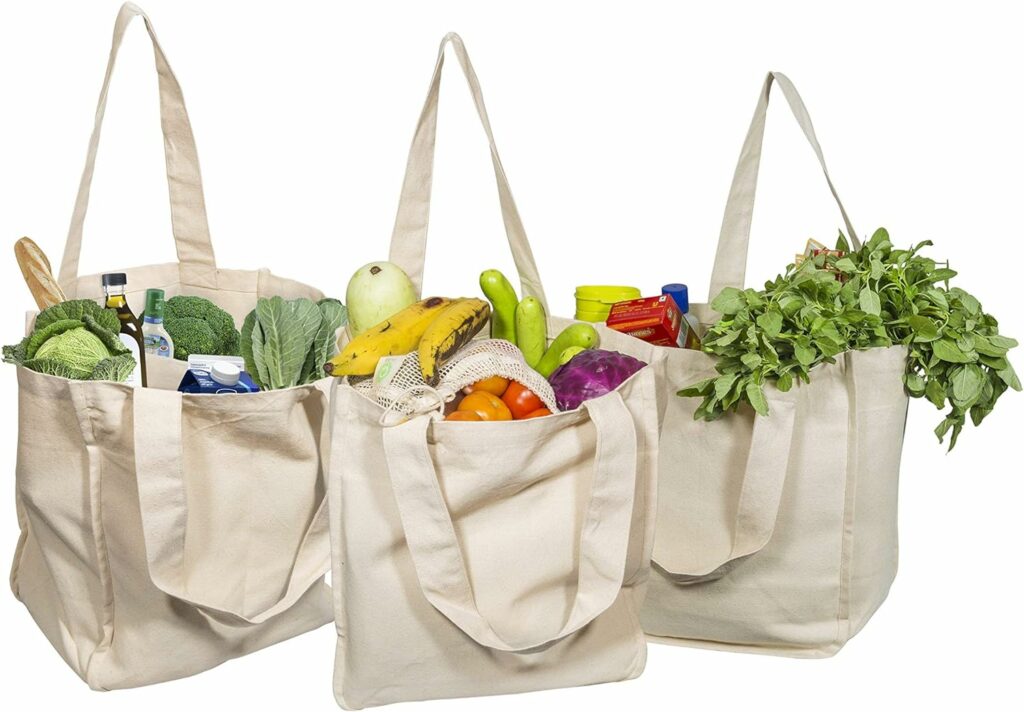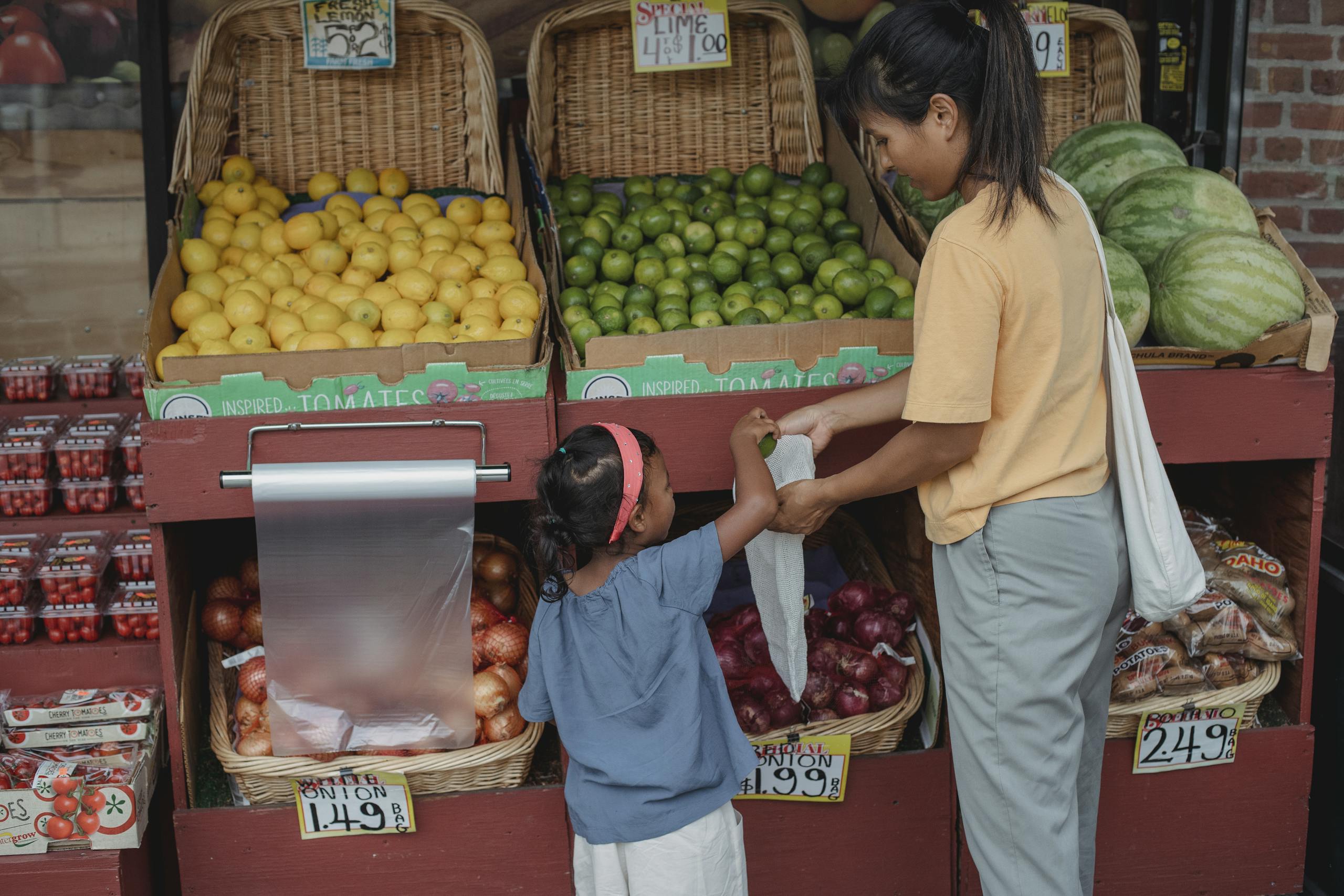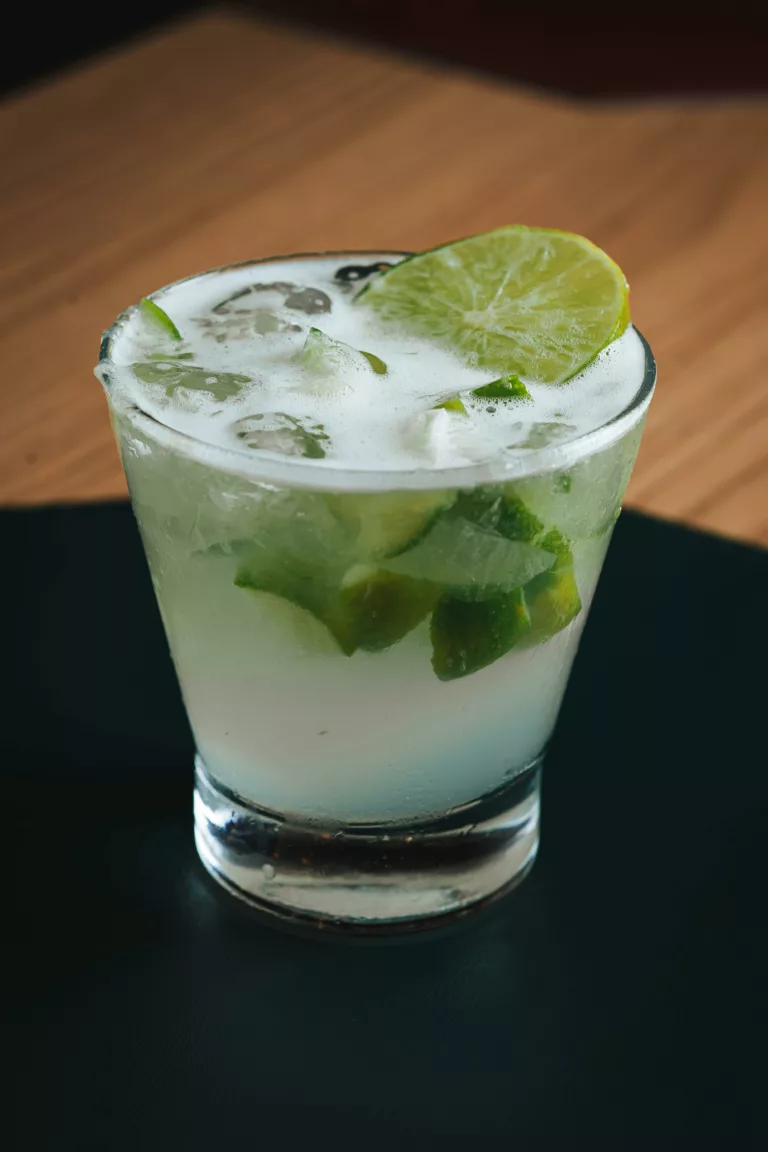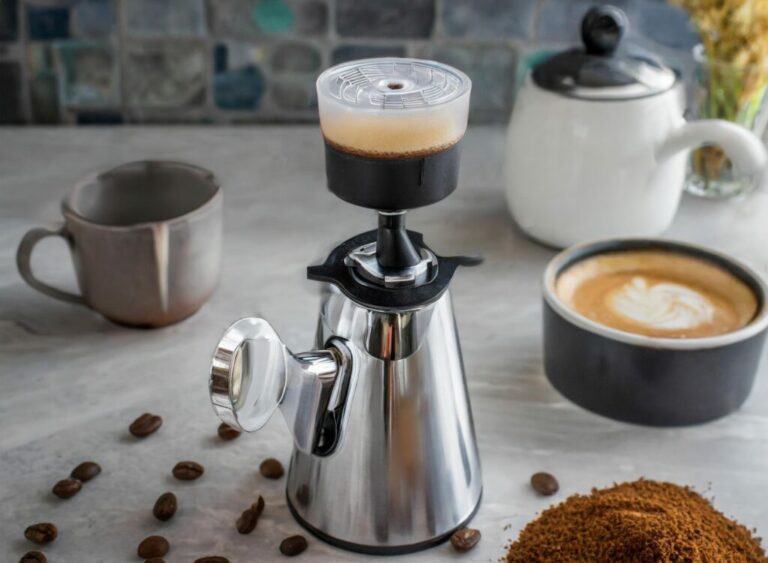5 Ways to Reduce Waste in the Kitchen

I don’t think that being 100 % zero waste in the kitchen is feasible for the majority of people. We are doing our best but let’s be realistic, we cannot produce ZERO waste. The goal is rather to reduce the amount of waste we are generating to as little as possible.
The kitchen is especially a difficult place to tackle because consuming food can create significant amounts of waste if we aren’t careful.
Of course, a large part of food waste happens during the production process and transportation, but we don’t have power over it.
If we could reduce the amount of waste we produce downstream, we would already make a huge impact.
Here, I’m writing about 10 ways you can reduce your waste in the kitchen!
This blog post contains affiliate links which means that if you buy something through such links, I will get a small commission without any extra cost for you. Please read my Disclosure for more details.
5 ways to reduce waste in the kitchen
1 – Bring your own bags with you
When you go grocery shopping, bring your own reusable bags with you, and don’t collect new plastic bags.
Ditching plastic bags is a great way to reduce waste and go green while shopping for food.
But, if you already own plastic bags that you’ve saved, this is a great opportunity to reuse them for your produce. You don’t necessarily need to buy a reusable cotton bag, use what you have.
You can also DIY your own with fabric that you have around the house. There are many tutorials online, and they are super easy to do.
You don’t need advanced sewing skills to create them. A regular piece of fabric, an old t-shirt, or even a pillowcase will do the trick!
2 – Buy package-free food when you can
A lot of people don’t have access to bulk stores, so I’m not including this tip since it would be useless to many people.
However, numerous grocery stores have their own bulk sections where you can buy unpackaged food.
The best thing to do is to bring your own reusable jars, glass containers, or produce bags to put food in them.
In case you forgot them, there will most likely be some paper bags for you to use but it’s not ideal. But, it is still better than buying something packaged in plastic.
You can also buy package-free items in the fruit and vegetable section of your grocery store.
All stores are different but I think you can always find some fruits and veggies that aren’t prepackaged. If you do, use your own bags or directly put them in your cart.
3 – Go to the farmers’ market
Going for your fresh fruits and veggies to the farmers’ market is a great idea to reduce your waste for several reasons.
It is easier for you to get almost everything package-free. You will be able to directly put your fruits and vegetables into your bags.
The food at a farmers’ market is also often local and seasonal. So, this food won’t have to travel huge distances to come to your plate.
This reduces the amount of CO2 emissions released into the atmosphere. Of course, there are also tropical fruits and non-seasonal produce.
But, generally speaking, most of the things are local and seasonal food at farmers’ markets.
4 – Prefer alternatives to plastic
Realistically, many food items cannot be found package-free. A great thing to do in this case is to avoid those wrapped in plastic.
Reducing your plastic consumption is one of the best ways to help the environment while shopping for food.
This means that you should look for alternatives such as glass, cardboard, aluminum, or metal.
Since these materials are recyclable, it is better to buy something in those materials rather than in plastic.
For instance, I prefer to buy canned goods in metal or glass than to buy frozen food that comes in plastic. Just make sure you recycle the packaging afterward.
5 – Buy in bulk
I am not talking about bulk stores here. Of course, if those are an option for you, go there because that is the best thing you can do.
But if you don’t have any around, try to buy the biggest version of the item. For instance, if you need to buy a bag of rice, take the biggest one that is available.
For a given quantity of food, you will be using less plastic packaging than if you bought several of the smaller options.
However, only do that if you know for sure that you are going to eat it entirely. Otherwise, it isn’t worth it and will end up producing even more waste.









One Comment